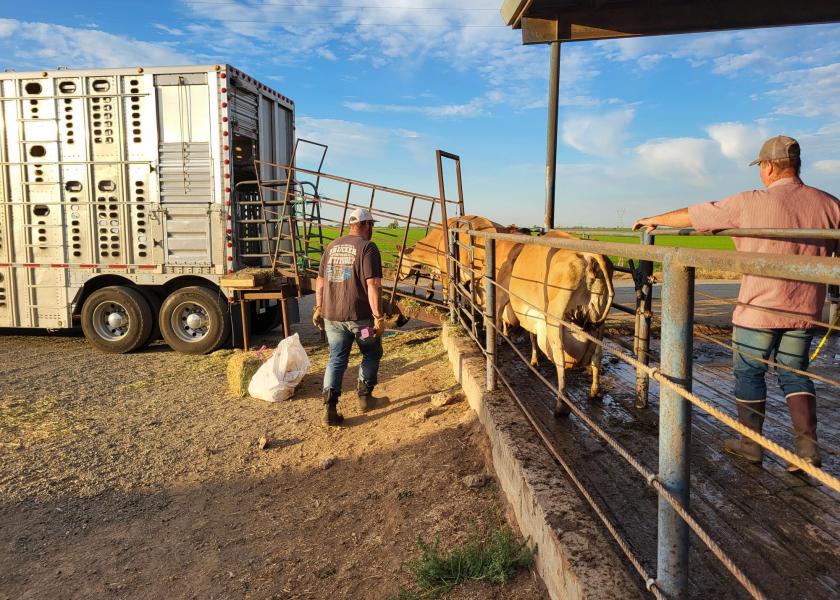How Long Will the Sizzling Hot Market for Dairy Replacements Continue?

Despite low milk prices forecasted for the first quarter of 2024, the live dairy cattle market seems to be a hot commodity with relatively high prices. According to the USDA’s semi-annual cattle report that was released back in July, the dairy heifer count was 3.65 million head. This total is the lowest mid-year report in two decades.
Phil Plourd, president of Ever.Ag Insights, shares that the markets will remain tight given low inventories.
“We just don’t have as many ‘extra’ heifers around compared to five or seven years ago as producers have tightened up management practices and accelerated beef and beef-on-dairy programs,” he says.
Strong Demand
Kristin Paul with Jersey Marketing Service shares they are seeing strong demand for Jerseys coming from several regions of the U.S.— the Central Plains and I-29 corridor, the Upper Midwest, West Texas, and even the Northeast.
“Given the amount of beef semen that’s been used, I expect this demand to continue into 2024,” she says.
On the first Friday of every month, TLAY Dairy Video Sales hosts an online video auction that markets semi loads of dairy cattle from across the country. Jake Bettencourt, the manager of TLAY Dairy Video Sales, shares the demand for cattle is sizzling hot right now and says the days of low heifer replacement costs may be a thing of the past, at least for the time being.
“We hear from a lot of producers who are kicking themselves in the butts,” he says, referring to the previous years of low cattle prices that producers looking to buy cattle could have capitalized on. “For example, Texas Jersey springers hovered around $1,400 and $1,500 for several months in early 2022 and 2023. Creating a purchase price on replacements well under the cost of growing them. Some producers are now saying, ‘Dang it, why weren't we buying them?’”
TLAY Dairy Video Sales reports six loads of Jersey fresh heifers sold for $2,700 and additional pot loads from California sold for $2,300 to $2,400 in the month of November. Midwest bound; those cattle had another $100-$150 of freight tacked onto the cost.
Bettencourt reports that buyers are filling holes due to expansion, weather, and some calf raising issues. Additionally newer dairies are still stocking from initial purchases of mostly fresh animals and springers, which create holes typically 10-14 months from startup.
“They were buying fresh heifers, cows and springers and a year later they are going dry at once,” he says, sharing the Upper Midwest and the Northeast are some of the regions short of replacements. “We ship cattle from coast to coast and border to border. Areas like the east and northeast are at somewhat of a disadvantage because there are typically less larger farms in those areas, so they have to truck them in from areas like the Midwest.
Add all of this up and all leading experts—from economists to cattle marketers, share that those producers with a surplus of heifer replacements are likely to capitalize on a pretty penny in the year ahead.







